A seed isn’t just a seed
I started using heirloom seeds around five years ago, there were two good reasons for doing this from my end of things back then, firstly, I was able to grow varieties that weren’t available in Markets and Supermarkets, and secondly, saving the seeds from Heirloom varieties meant that I was able to sow them on next year and save money in the process.
The taste of some heirloom vegetables is markedly different from the commercial varieties that dominate the world’s food Markets, I always grow at least three varieties of black tomatoes due to their sweet, tangy and concentrated tomato tastes that you simply don’t get with the commercial varieties.
Preserving seed stock in times of scarcity
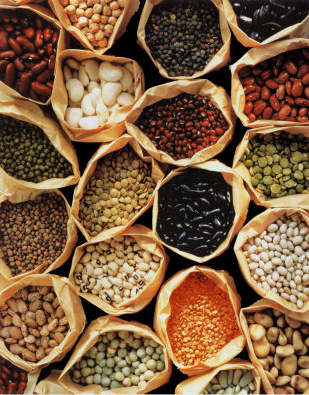 Heirloom seeds are also very important when we consider that there is a peak in a whole variety of resources that the on the verge of depletion, seed saving your heirlooms is a sustainable way of ensuring that you have seeds for the following season, and in a time of scarcity this is very important when it comes to the high likelihood that we will end having to feed ourselves in the future.
Heirloom seeds are also very important when we consider that there is a peak in a whole variety of resources that the on the verge of depletion, seed saving your heirlooms is a sustainable way of ensuring that you have seeds for the following season, and in a time of scarcity this is very important when it comes to the high likelihood that we will end having to feed ourselves in the future.
Ethical considerations
There is the ethical consideration when choosing the seeds that we do, heirloom seeds help us to preserve genetic plant diversity in a world where plant diversity is rapidly disappearing, they also enable us to create new varieties through open pollination where the new varieties were bred for certain characteristics that would suitable to the ecology of where they grow.
By saving and distributing Heirloom seeds we are creating local seed stock economies that are nor reliant on the use of fossil fuels for their production or distribution to shops and Markets.
A great many commercially dominant seeds are referred to as F1 varieties, the term “F1 hybrid” means the first filial generation made by crossing two different parent varieties, the offspring of which produce a new, uniform seed variety with specific characteristics from both parents. For example, breeders may choose to cross two tomato varieties to make an F1 hybrid that exhibits the early maturity of one parent and a specific disease resistance of the other. The unique characteristics of an F1 hybrid are very uniform only in the first generation of seed, so seed saved from F1 plants will not come true if replanted, this is where Heirloom seeds have an advantage over the F1 Hybrids, Heirloom seeds can be saved and replanted the following the season!
Research and Experiment
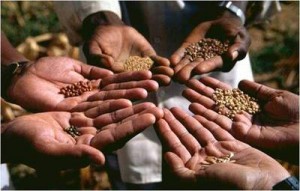 I have spoken very favourably of Heirloom seeds, and quite rightly so as they are a valuable piece of the jigsaw for a sustainable future and a sustainable seed supply.However not all varieties grow well, and not all varieties have higher end yields as some of the commercially bred F1 varieties do. It is really worth researching and experimenting with different heirloom seeds for what is best suitable for your growing situation.For me living in Lancashire in the North of England where it is a touch colder than the Southern portion of the UK there are a number of Heirloom seeds that I have tested and now grow on a seasonal basis.
I have spoken very favourably of Heirloom seeds, and quite rightly so as they are a valuable piece of the jigsaw for a sustainable future and a sustainable seed supply.However not all varieties grow well, and not all varieties have higher end yields as some of the commercially bred F1 varieties do. It is really worth researching and experimenting with different heirloom seeds for what is best suitable for your growing situation.For me living in Lancashire in the North of England where it is a touch colder than the Southern portion of the UK there are a number of Heirloom seeds that I have tested and now grow on a seasonal basis.
Tested Heirloom Vegetable seeds
Brassica
Cabbage ‘Brunswick’ – Brunswick’s have grown really well on my allotment plot, they grow to a considerable size but their taste is not impaired by their size in any way.Cabbage ‘Copenhagen Market’ – These are an early cabbage variety with a solid head and can reach weights of around 2 kilograms.Cauliflower ‘All year round’ – These produce Cauliflowers with large heads, they store well and good raw or cooked.Mustard ‘Tatsoi’ this plants grows quite well and produces mild-medium heat mustard leaves for salads and Oriental cooking.
Tomatoes
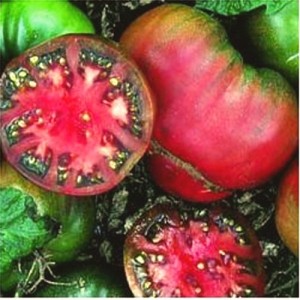 Black Krim – This variety of tomato is sweet and tasty, but prefers to be grown under glass or in a polytunnel, although the plants are not that prolific, it is worth growing a few just for the taste, they also have a lovely burnished red and black colouring.Bloody Butcher – an early variety with small tasty fruits, prefers to be grown in a polytunnel.Roma – I grew this year for the first time and found them to be quite productive in terms of fruits, they also grew well outdoors.This variety is great for making your own tinned tomatoes with.Sub Arctic plenty – This variety can tolerate lower temperatures than many Tomatoes, I grew a dozen Sub Arctic plenty outdoors in 2010 and they produced well.Riesentraube – This German variety produced a lot of small fruits this year in the polytunnel
Black Krim – This variety of tomato is sweet and tasty, but prefers to be grown under glass or in a polytunnel, although the plants are not that prolific, it is worth growing a few just for the taste, they also have a lovely burnished red and black colouring.Bloody Butcher – an early variety with small tasty fruits, prefers to be grown in a polytunnel.Roma – I grew this year for the first time and found them to be quite productive in terms of fruits, they also grew well outdoors.This variety is great for making your own tinned tomatoes with.Sub Arctic plenty – This variety can tolerate lower temperatures than many Tomatoes, I grew a dozen Sub Arctic plenty outdoors in 2010 and they produced well.Riesentraube – This German variety produced a lot of small fruits this year in the polytunnel
Root vegetables
Beetroot ‘Chioggia’ An Italian Heirloom that grows well in the UK.When you cut into a Chioggia beetroot you are met with contrasting dark pink and white alternating rings.They are mild and taste and great served raw in Salads or pickled.Celeriac ‘Giant Prague’ If Giant Prague get a good start in life and you look after them well they will produce quite large and tasty celeriac.Rutabaga or Swede – I grew some Rutabaga using seeds from the US, they grew really well and tasted good.Beetroot ‘Detroit’ these beets are a lovely gold colour when you slice into them, they are also quite sweet.
Lettuce
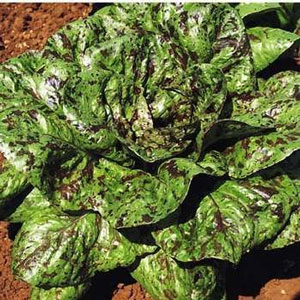 Freckles – a large loose leafed lettuce with mottles of red splashed between its green colouring, they are easy to grow in the UK.Marvel of Four seasons – Another easy to grow variety with a similar colouring to the Freckles variety.Red and Green salad Bowl – Two different colours of the same variety of lettuce.They grow well from around April onwards and can be cut as salad leaves regularly or left to grow into loose leaf lettuce.
Freckles – a large loose leafed lettuce with mottles of red splashed between its green colouring, they are easy to grow in the UK.Marvel of Four seasons – Another easy to grow variety with a similar colouring to the Freckles variety.Red and Green salad Bowl – Two different colours of the same variety of lettuce.They grow well from around April onwards and can be cut as salad leaves regularly or left to grow into loose leaf lettuce.
Please feel free to comment on any Heirloom vegetable varieties that you have grown that have been successful.

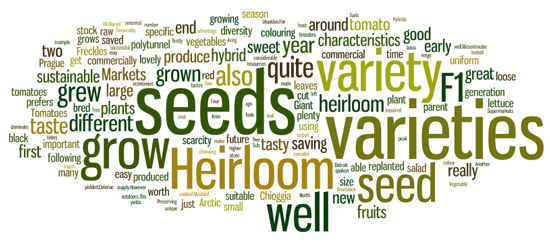
hi do you fancy swopsy with a few seeds ?….. i dont have any heirloom seeds…. ive never grown any but would love to have a go on them ..i do have some bits and bobs of fruit bushes/trees i have grown ?
fond regards rick.
Hi Rick
Great to hear from you!
Yes a seedswap with you would be great, I can certainly sort you out with a small but diverse collection of seeds.
What do you have to swap exactly?
cheers Steve
I would love some heirloom seeds and funds permitting that is the way i’ll head next year. Where are you guys for swaps? I’m in the UK